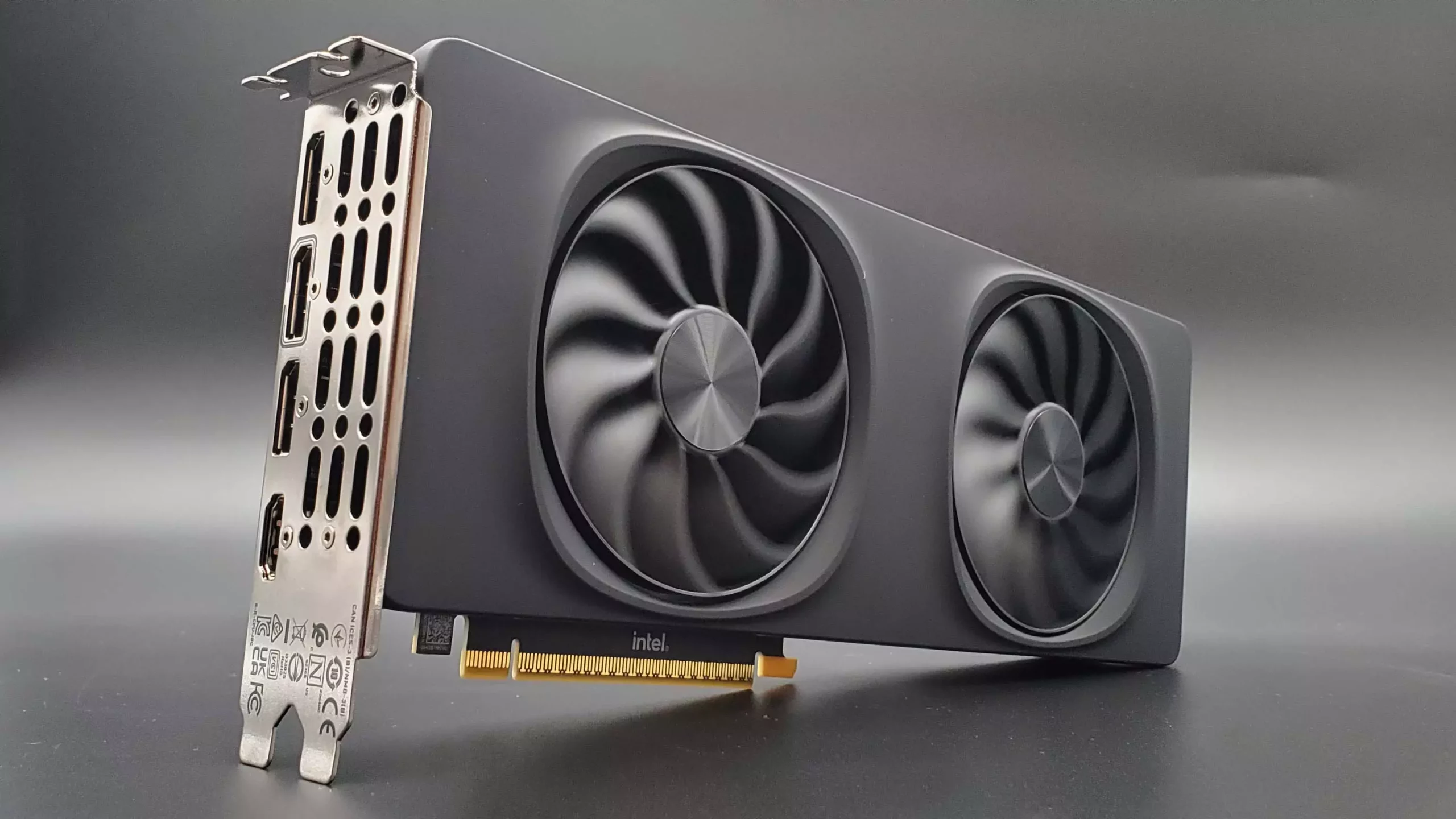The graphics card market is a space drenched in excitement and anticipation, especially as new contenders emerge to challenge the giants of Nvidia and AMD. Recently, whispers about Intel’s BMG-31 GPU have sparked a surge of enthusiasm among gaming enthusiasts, potential investors, and tech journalists alike. Spotted in a shipping manifest, this new variant of Intel’s Battlemage series raises hopes of a revolutionary product that could deliver impressive performance at an accessible price point—specifically, a price tag hovering around the $400 mark. This has ignited dreams of achieving RTX 5070-level performance for the cost of what an RTX 5060 Ti typically commands.
The Intel BMG-31 is more than just a numbered variant; it is a signal that Intel is not backing down from the competitive GPU landscape. While the specifics surrounding its launch remain shrouded in ambiguity, one thing is clear: the gaming community is eagerly awaiting a GPU that can revolutionize their gaming experience without breaking the bank.
Performance Expectations and Speculations
Leaked information and rumors suggest that the G31 GPU boasts 32 execution units (EUs), which is a significant leap from the 20 EUs present in Intel’s current offerings, such as the Arc B580 and B570. If these claims hold water, the G31 could deliver a performance uplift of around 50%, possibly positioning itself as a formidable rival to Nvidia’s upcoming RTX 5070 and AMD’s RX 9070. The novelty of such a performance level being tagged at an ultra-competitive price invites gamer imaginations to run wild.
Yet, one must approach this excitement with a modicum of caution. The mere presence of the G31 on a shipping manifest does not inherently guarantee its retail launch; instead, it might merely be part of Intel’s research and development efforts. A recent report hinted that the chip might have been shelved late last year, casting further doubt on its imminent release. Additionally, being listed as an “R&D” item is typical for pre-launch technology, yet it can equally connote uncertainty.
The Growth Rate of the Gaming GPU Market
The competitive landscape for mid-range GPUs is fluctuating rapidly. Nvidia and AMD are both expected to unveil upgraded models within the next couple of years, which casts a pall of urgency over Intel’s plans for the G31. The window for a potentially impactful release is shrinking; many speculate that Intel must unveil the G31 by 2025 to have any realistic chance at competing. An extended delay could lead to its release arriving too late, undermining its impact amid a sea of upgraded offerings from established behemoths.
This environment presents an interesting dilemma for Intel. The longer they hesitate, the less exciting the prospect of the G31 becomes. By the time they launch, the GPU market landscape could look vastly different—one that may not hold the same interest for gamers pining for significant performance enhancements.
Intel’s Edge in Technology
Despite the uncertainty surrounding G31’s launch, it’s worthwhile to note the positive attributes of its predecessors. The Arc B580 and B570 GPUs have demonstrated notable capabilities in ray tracing and performance-enhancing technologies like Intel’s XeSS. These features represent a concerted effort from Intel to carve out a niche in the gaming graphics space—not just as a secondary option but as a serious competitor that consistently delivers value and performance.
If the G31 emerges, it stands to reason that it would share some of these advantageous traits. Given Intel’s history of aggressive pricing, we can speculate that a G31 offering might undercut its better-established counterparts significantly, thus creating rich opportunities for gamers seeking value without sacrificing performance.
The Awaited Reveal
As consumers wait with bated breath for any official announcements regarding the Intel BMG-31, the excitement is tangible. The notion of achieving superior gaming performance without the exorbitant price tag typically associated with high-end GPUs feels like a dream teetering on the brink of reality. Should Intel decide to roll out the G31, it will not only fulfill a market need but will also elevate the entire gaming experience for countless players who are currently limited by budget constraints.
While the gaming industry is rife with uncertainty and speculation, the notion of an affordable, high-performance GPU remains a tantalizing prospect. Could the BMG-31 be what enthusiasts have been waiting for? Only time will reveal the answer, but for now, hope remains high with fingers crossed.

